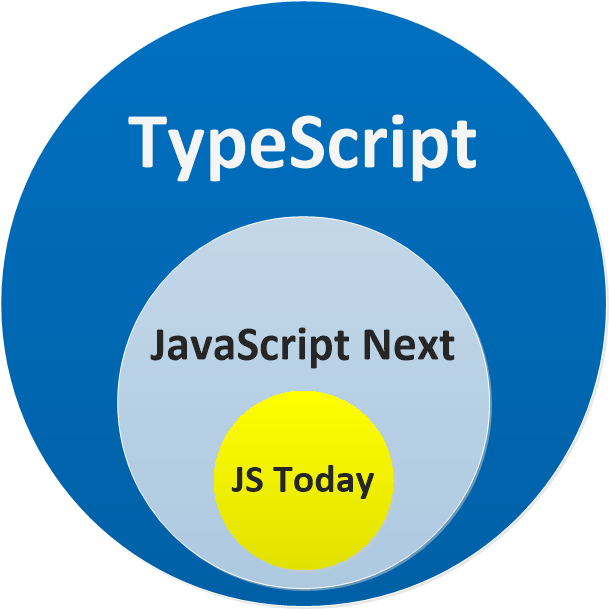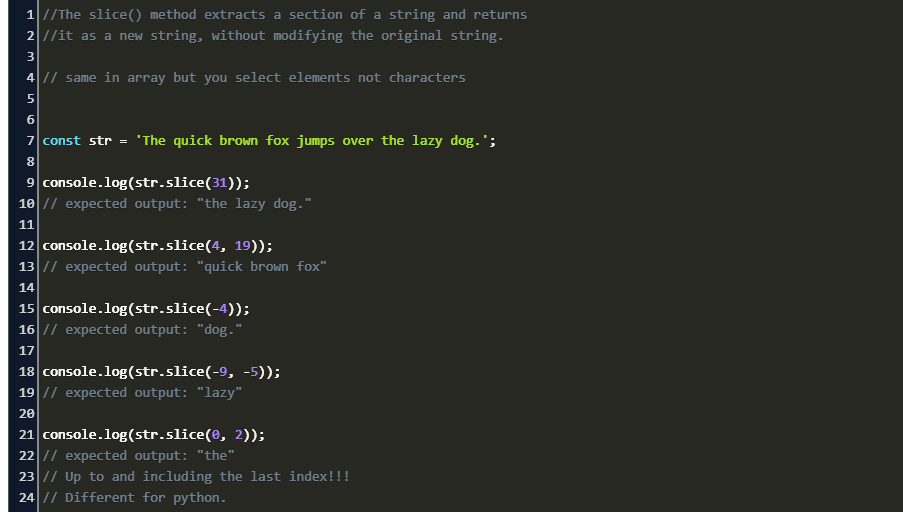

If Argument(2) is less than 0 or equal to NaN, it is treated as if it were 0.Ĭonsole.log(array6.splice(2,-5,"Hello")) Ĭonsole.log(array6.splice(3,NaN,"World"))

If Argument(1) is NaN, it is treated as if it were 0.Ĭonsole.log(array5.splice(NaN,4,"NaN is Treated as 0")) shows, returned removed item(s) as a new array object.Ĭonsole.log(arra圓.splice(2,1,"Hello","World")) The new item(s) to be added to the array. And if not passed, all item(s) from provided index will be removed.Īrgument 3…n: Optional. If set to 0(zero), no items will be removed. An integer that specifies at what position to add /remove items, Use negative values to specify the position from the end of the array.Īrgument 2: Optional. The splice() method can take n number of arguments:Īrgument 1: Index, Required. The splice() method changes the original array and slice() method doesn’t change the original array.ģ. The splice() method returns the removed item(s) in an array and slice() method returns the selected element(s) in an array, as a new array object.Ģ. Creates a zero-filled Buffer of length 10. Recommended to explicitly reference it via an import or require statement. While the Buffer class is available within the global scope, it is still Plain Uint8Arrays wherever Buffers are supported as well. The Buffer class is a subclass of JavaScript's Uint8Array class andĮxtends it with methods that cover additional use cases.

Static method: Buffer.isEncoding(encoding).Static method: Buffer.allocUnsafeSlow(size).Static method: Buffer.allocUnsafe(size).


 0 kommentar(er)
0 kommentar(er)
